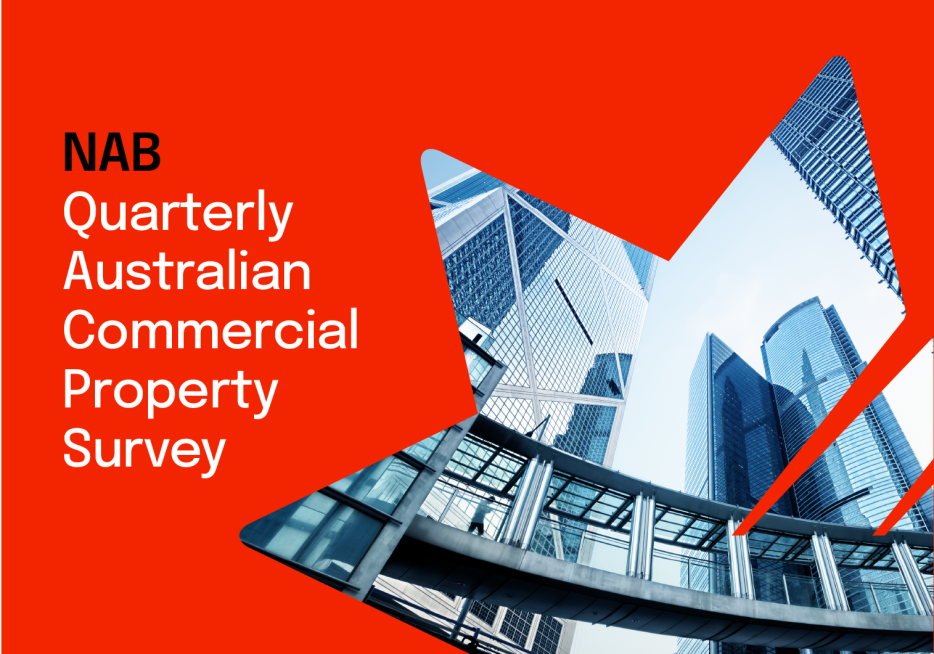The NAB Commercial Property Index lifted to an 8-year high in the March quarter, continuing the run of improvements seen in recent quarters.


Insight
Over recent years, the impressive growth of ETFs has seen somewhat of a reversal back to direct investing with more than 100 ETFs now listed on the ASX, offering investors the opportunity to quickly and easily access global equity, bond, currency and commodity markets.

By Sally Campbell, Executive Director, JBWere
Back to the Future was the first thing that came to mind when I read that Australian fund manager, Magellan, is set to launch an actively-managed Exchange Traded Fund (ETF). I began researching Listed Investment Companies (LICs) and managed funds in 2000 at the height of the “tech wreck”. At the time, actively-managed ETFs were claiming to be the “next big thing”. Well that was what BNP Paribas was hoping for having launched four actively-managed ETFs on the ASX in early 2001.
There were product specific issues which contributed to the failure of those strategies, but I suspect it was more to do with the dynamics of the Australian market during that period as to why actively managed ETFs weren’t more successful.
Today, acceptance of managed funds as an attractive investment vehicle is high. Financial planners use platforms to provide access to a wide range of managed funds across all asset classes. They allow investors to build diversified portfolios and have access to simplified and consolidating reporting.
At the same time (2001), platforms were only in their infancy. Investors were required to fill out very detailed and time-consuming application forms to invest in high fee structured retail managed funds in order to diversify their portfolios. Whilst ETFs were marketed as an alternative to platforms, there were limited options available and history will show that the platforms won that fight.
Over recent years, the impressive growth of ETFs has seen somewhat of a reversal back to direct investing with more than 100 ETFs now listed on the ASX, offering investors the opportunity to quickly and easily access global equity, bond, currency and commodity markets.
While it is still only early days, the launch by the ASX of the mFund settlement service, which enables investors to buy and sell units in a selection of managed funds through the same process as buying and selling shares, may support the view that the competitive landscape for platforms in Australia is set to change.
The latest entrant is Magellan with the launch of its actively-managed ETF, mirroring its very successful Magellan Global Fund. Magellan manages around $25 billion globally. At present, a majority of ETFs currently listed on the Australian market are passively managed, structured to replicate a specific benchmark. There are some strategies that use a differentiated benchmark, or are designed to generate a particular outcome (for example high yield strategies), but Magellan will be the only strategy where a fund manager will be actively managing the portfolio to generate a total return in excess of its benchmark through stock selection.
Magellan has generated a long track record of outperformance since its inception in mid-2007. The Magellan Global Fund aims to invest in companies the manager believes are capable of sustainably exploiting competitive advantages to continually earn returns on capital materially in excess of the company’s cost of capital. The portfolio is diversified across 20 to 40 globally-listed companies in a range of sectors. Although concentrated in consumer-related industries, other exposures are held within the technology, financials and healthcare sectors.
How will this differ to Magellan’s LIC, the Magellan Flagship Fund? Firstly, the LIC is managed by a different portfolio manager, Chris Mackay, while Hamish Douglas manages the Magellan Global Fund and the newly launched ETF. There are also several differences in the underlying strategy.
However, the key difference between the LIC and ETF is in the structure of the investment.
ETFs differ from LICs because ETFs trade at their underlying value and there are market participants (market makers) who are responsible for ensuring ETFs trade in line with the underlying value. LICs on the other hand, do not have market makers ensuring that alignment. The price of a LIC is dependent on buyers and sellers therefore they can and will trade at a premium or discount to underlying value. The premium or discount for LICs varies depending on the quality of the underlying manager, historical performance, market sentiment, dividend policy, liquidity and fee structures.
So while the Magellan LIC can trade at a premium and or discount to underlying value, there will be a market maker in place to ensure the Magellan ETF trades within a tight spread relative to its underlying value.
If Magellan proves to be successful, this time we may see other fund managers following suit. As with most things in life, there isn’t a “one size fits all” approach to investments. The more options investors have, be it direct shares, managed funds (via platforms or mfunds), LICs, active or passive ETFs, the greater flexibility investors have to build portfolios that are capable of meeting their objectives.
For further analysis, download the full report.
© National Australia Bank Limited. ABN 12 004 044 937 AFSL and Australian Credit Licence 230686.